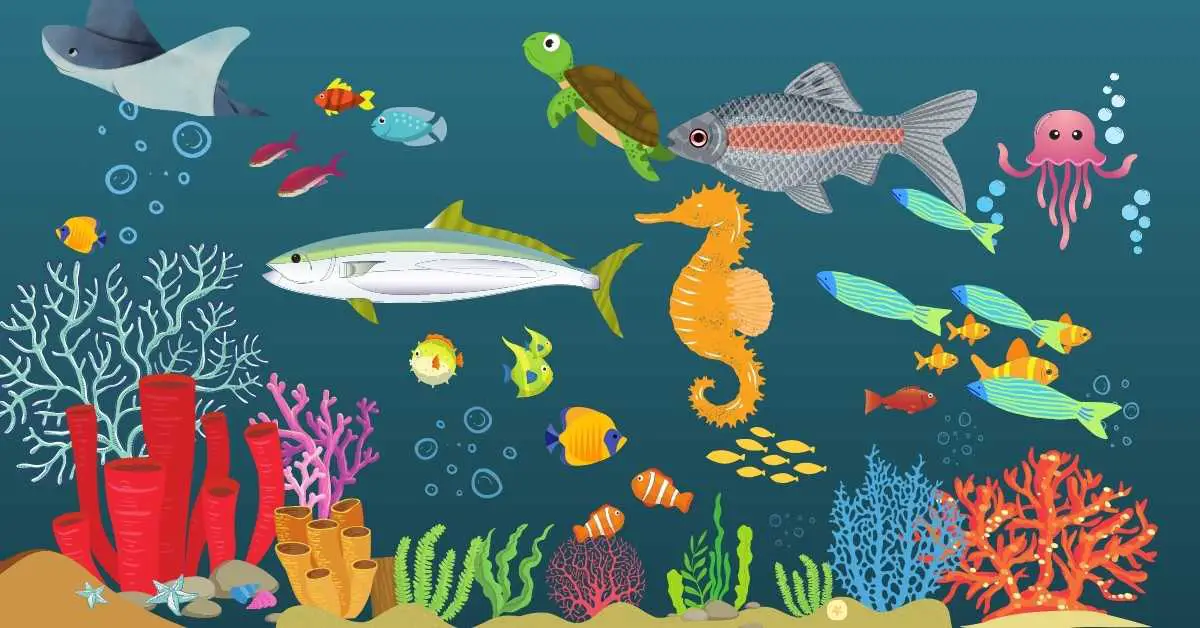Fish Blood: Composition, Origin and Functions
The system through which blood circulates in different organs and parts of the body is called Blood Circulatory System. The presence of well-developed circulatory system can be observed in almost all animals with few exceptions. Fish have a closed type of blood circulatory system. Food, oxygen and waste products are transported from one part of … Read more



